The truth about skin scars and pigmentation
The skin is like a barrier system for the body to defend against the outside world. The integrity of skin function is the key to maintaining the stability of the intradermal environment. Collagen plays a supporting role, accounting for about 80%.
Collagen in the skin is produced by cells and exists in the extracellular matrix, mainly in the dermis in the middle of the skin. Its unique macromolecular triple helix structure is an important factor in maintaining the integrity of the skin, playing a role in supporting, repairing, coagulating and locking in moisture.
The basic way to repair skin damage is cell proliferation and intercellular matrix filling, connecting or replacing defective tissue.
Human collagen induces platelet adhesion to form a hemostatic plug, and forms a reticular structure in a specific arrangement, which serves as an attachment and support for the growth of epithelial cells, inducing epithelial cell proliferation, differentiation and migration to promote wound healing.
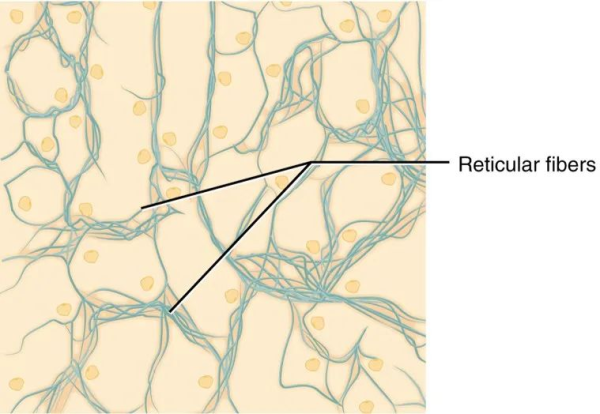
In normal skin tissue, collagen mainly exists in the form of type I and type III collagen fibers.
Type I collagen fibers are large in diameter, closely arranged in dense bundles, crisscrossed and disorderly arranged, and are the main body of the skin.
Type III collagen fibers are fine fibers that are scattered around type I collagen in a sparse network. The higher its content, the thinner the fiber bundles.
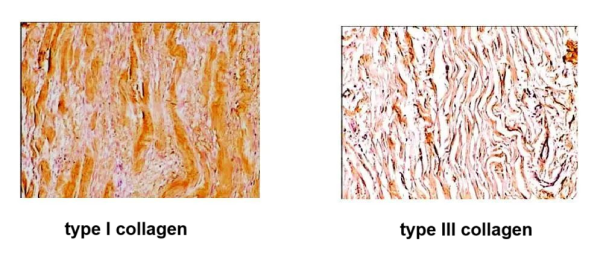
The balanced ratio of type III collagen maintains the normal tissue structure of the skin and is closely related to the skin damage repair process and repair quality.
As we age, type III collagen begins to decrease, while type I continues to increase. Compared with infancy, the ratio of type III to type I collagen is seriously unbalanced and cannot maintain the normal structure of the skin. This is why wounds heal quickly when the skin is damaged in infancy.
The main cause of scars is that there is more type I collagen and less type III collagen. The unbalanced ratio leads to the disorderly growth of damaged skin tissue, which easily causes scars.
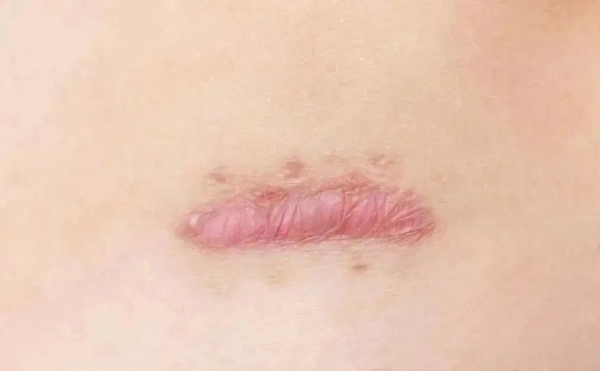
Therefore, type III collagen is more important in skin damage repair. When the proportion of type III collagen is high, the skin tissue is delicate and smooth. Otherwise, obvious scars will be left.
01- The role of collagen in skin repair
Symptoms such as skin damage and skin atrophy are accompanied by a large loss of collagen. The basic triple helix structure of collagen and the advanced structure of cross-linking into a network can not only lock the moisture in the skin’s water reservoir, but also provide support for various skin cells.
Reticular fibers are mainly composed of type III collagen, with glycoproteins covered on the surface. They are woven into a network through cross-linking of finer collagens, playing a role in supporting tissues.
02- How collagen inhibits pigmentation
When the skin is damaged, melanocytes will also be stimulated and secretion will be disordered, causing the secretion rate of melanocytes to exceed the metabolism rate of the skin. When melanin cannot fall off with the stratum corneum and is deposited in the bottom layer of the skin, pigmentation will form.
In addition, the tyrosine residues of recombinant human type III collagen compete with tyrosine in the skin and bind to the active center of tyrosinase, thereby inhibiting tyrosinase from catalyzing the conversion of tyrosine into dopaquinone.
It speeds up the metabolism of skin cells, promotes the natural shedding of keratin, inhibits melanin deposition and lightens skin spots. It can also lighten pigmentation and brighten skin tone during long-term use.
BONNEHEURE gel, whose main ingredient is recombinant human type III collagen, can quickly adhere to skin cells, connect collagen fibers that are broken in the dermis due to trauma and infection, and replenish the lack of local type III collagen in the wound.
Thereby increasing cell activity, promoting cell regeneration function, penetrating deep into the damaged dermis, accelerating the growth of fibroblast stem cells that secrete the body’s own collagen, stabilizing the cell state at the wound site, accelerating the healing process, allowing the skin to recover faster and better, and avoiding the formation of scars and pigmentation.
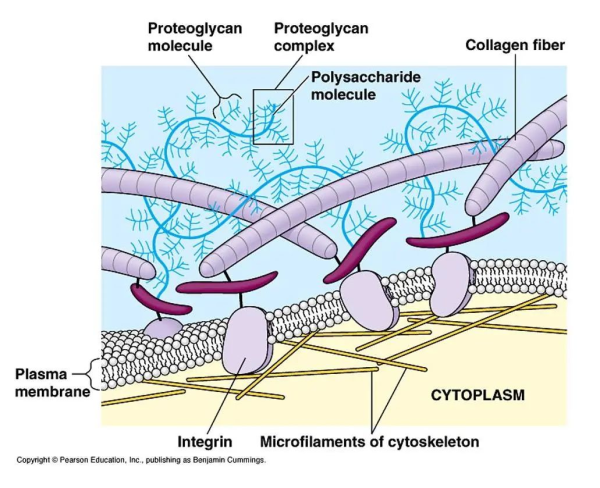
03- Bonneheure’s unique repair mechanism
Step 1 (repair): Recombinant human collagen and hyaluronic acid form a network structure on the mucosal surface to lock in moisture and moisturize.
Step 2 (filling): After the skin is damaged or atrophied, the gaps between the stratum corneum cells increase. The recombinant type III collagen contained in Bernach gel has a similar structure to the stratum corneum and can penetrate into the stratum corneum to form a membrane.
Step 3 (guidance): By replenishing the missing type III collagen in the dermis, the damage is repaired and elasticity is restored, while promoting the division and proliferation of fibroblasts after they migrate to the damaged area.
Step 4 (Remodeling): All components work together internally and externally to perfectly exert the function of active collagen, stabilize the cell state at the wound site, rebuild the skin’s “brick wall structure”, and accelerate healing.
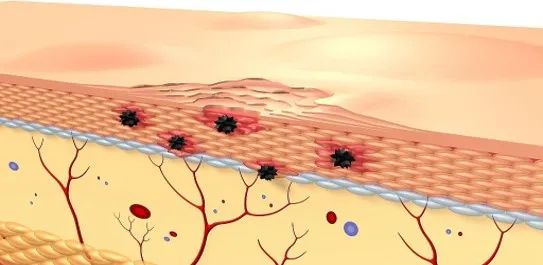
It is a medical grade product, the same as those sold in clinics, does not contain any hormones, alcohol, fragrances, etc., and can be used without any pressure on any skin type.
For fans who like to do medical beauty projects, or those with sensitive and fragile skin and frequent acne, this gel is tailor-made.
It accelerates the fading of redness and repair, improves the healing ability of wounds, etc. It is the “first choice for traumatic skin repair and a scar-free and mark-free home appliance” reassuring agent!
Fragrance-Free Toner with 0% Added Scents
Some information about Fragrance-Free Toner with 0% Add […]
Hydrating Power 24-hour Essence Toner
Some information about Hydrating Power 24-hour Essence […]
Deep-Cleansing Toner with Tea Tree Oil 2%
Some information about Deep-Cleansing Toner with Tea Tr […]



发表回复